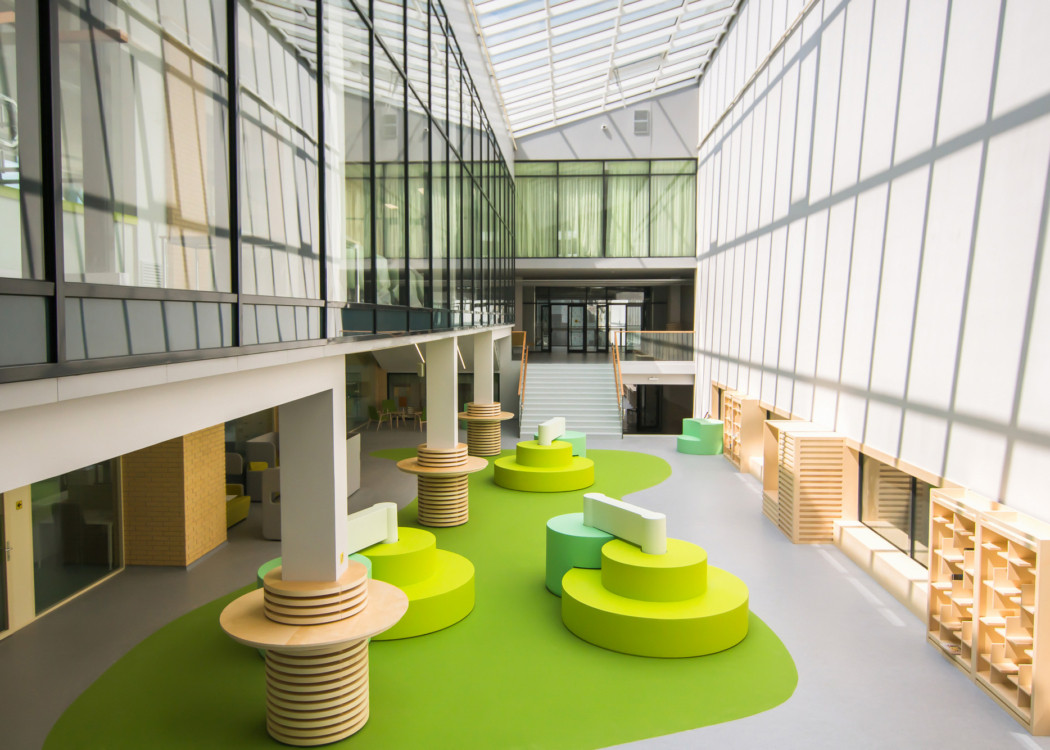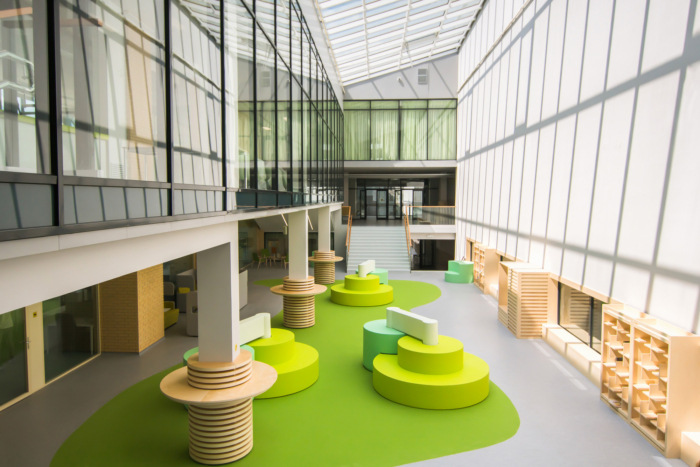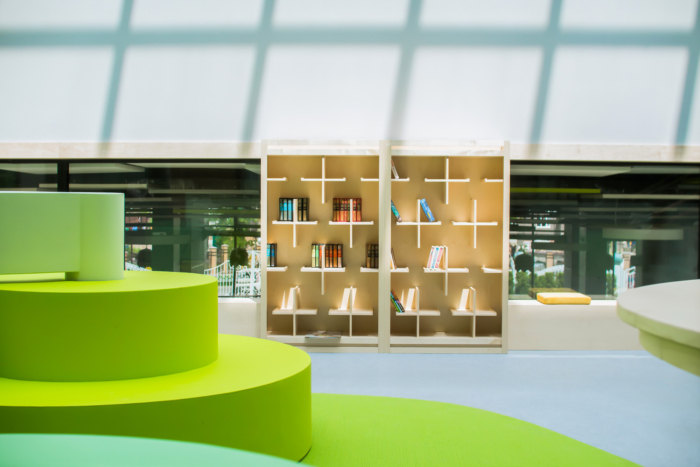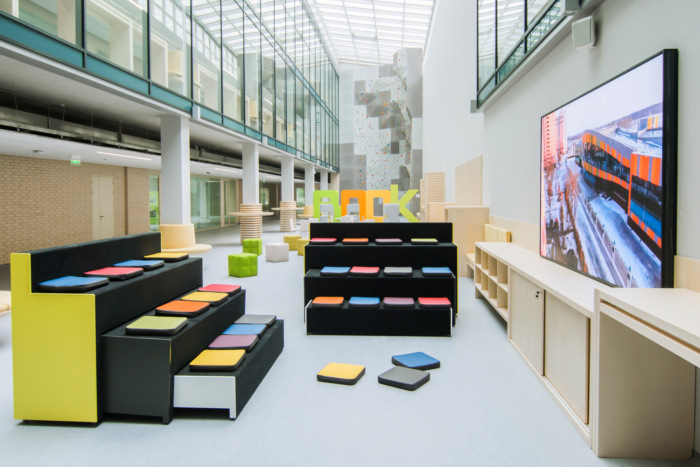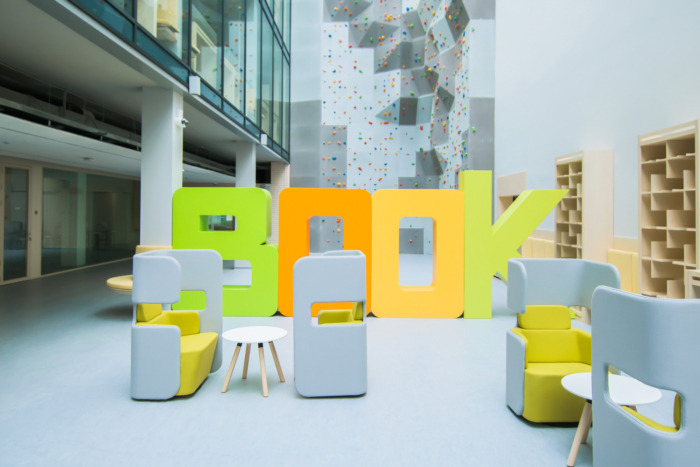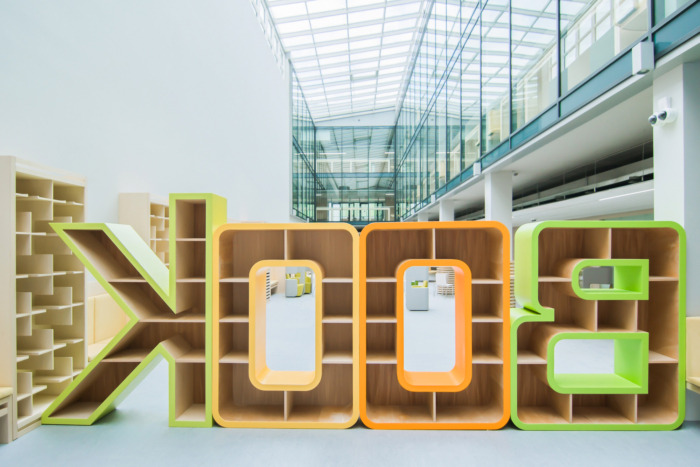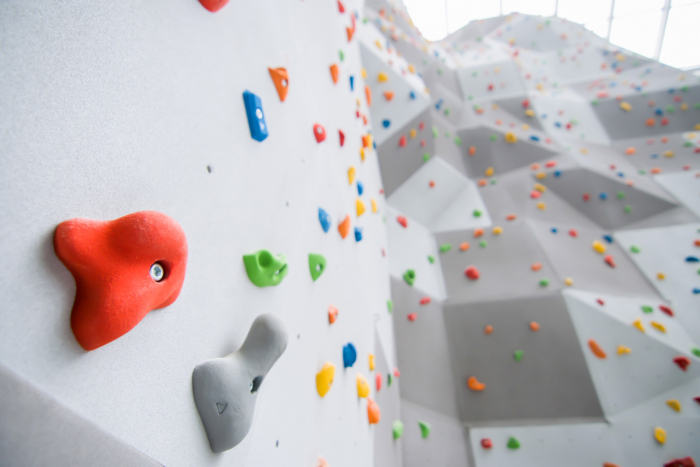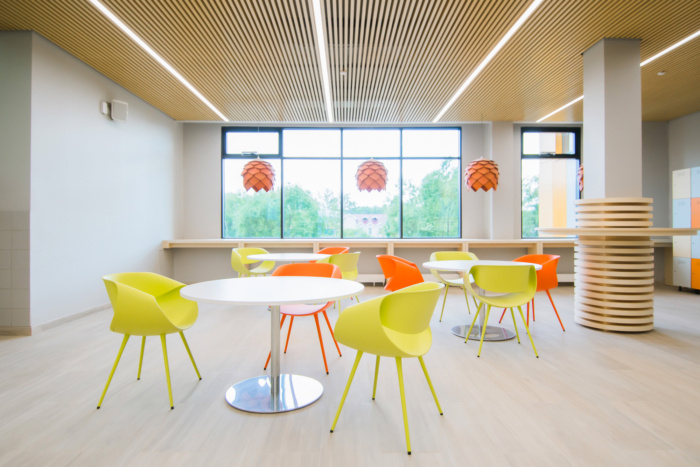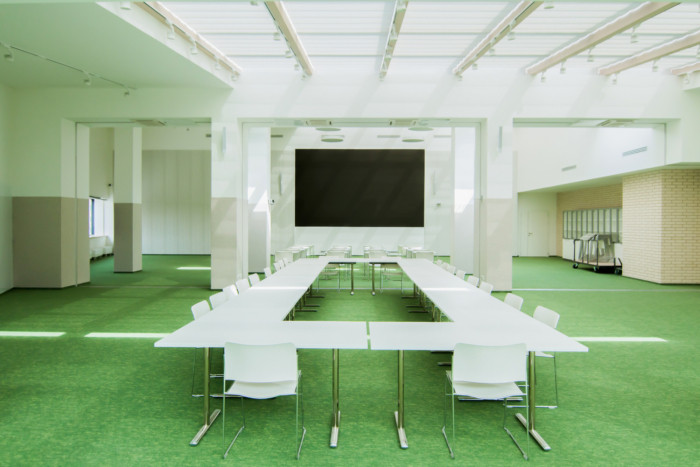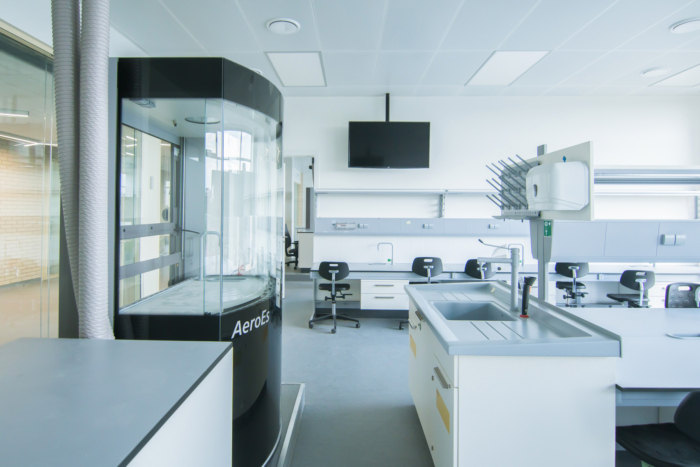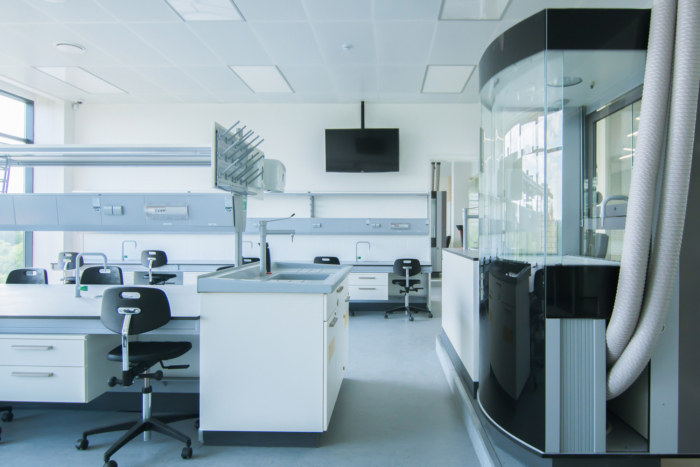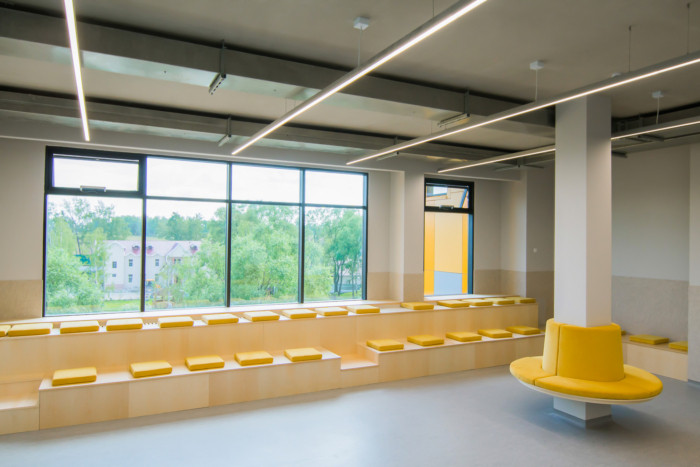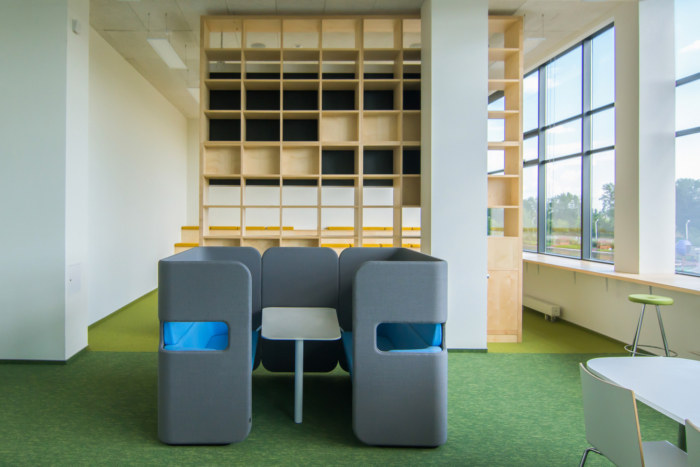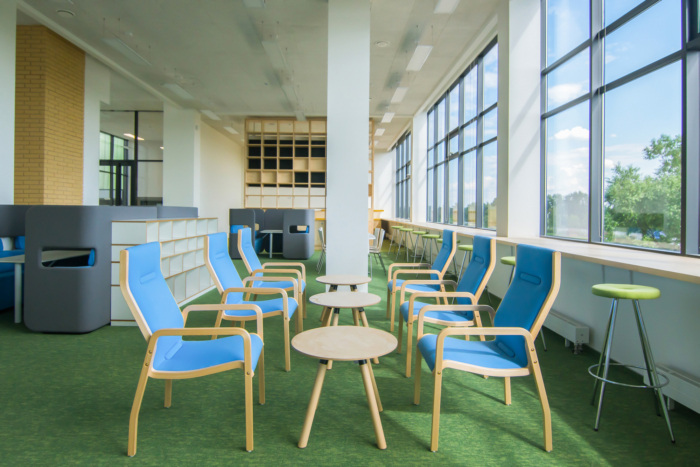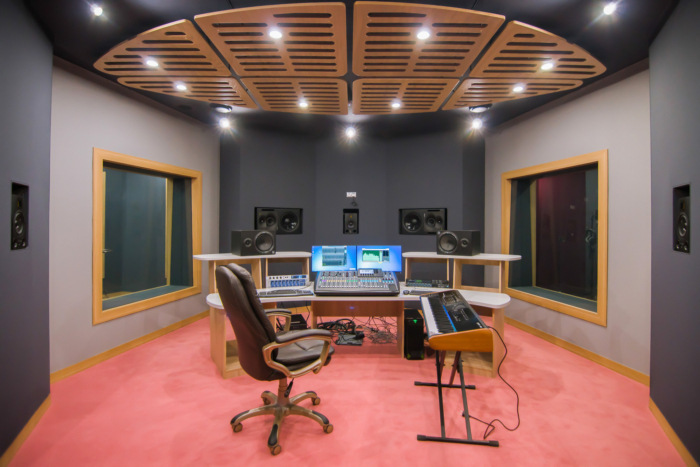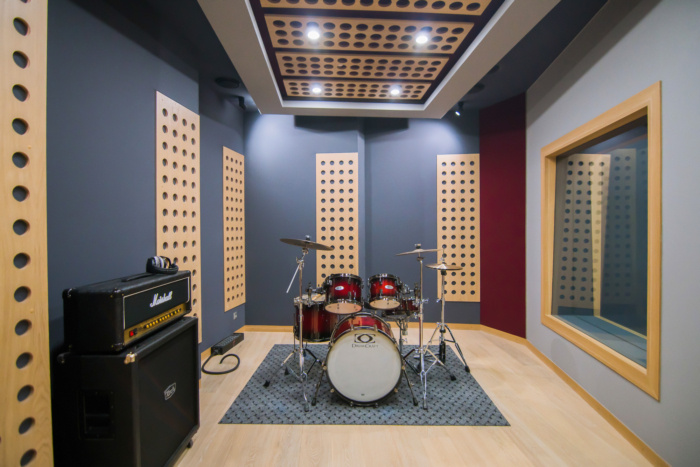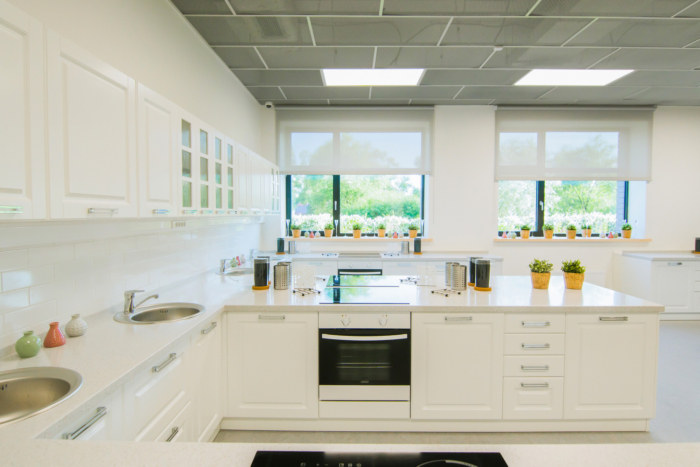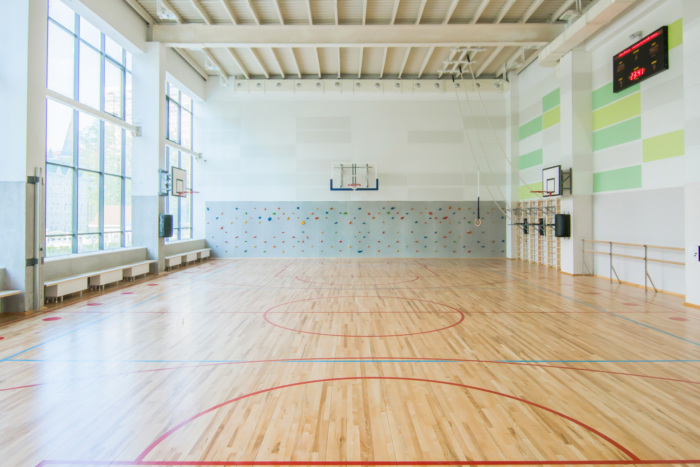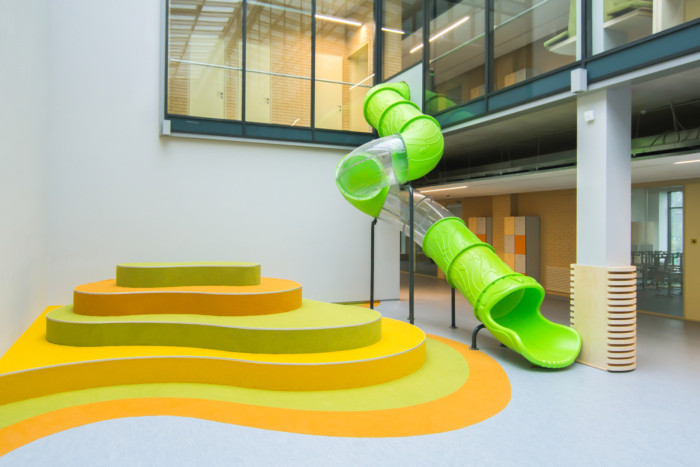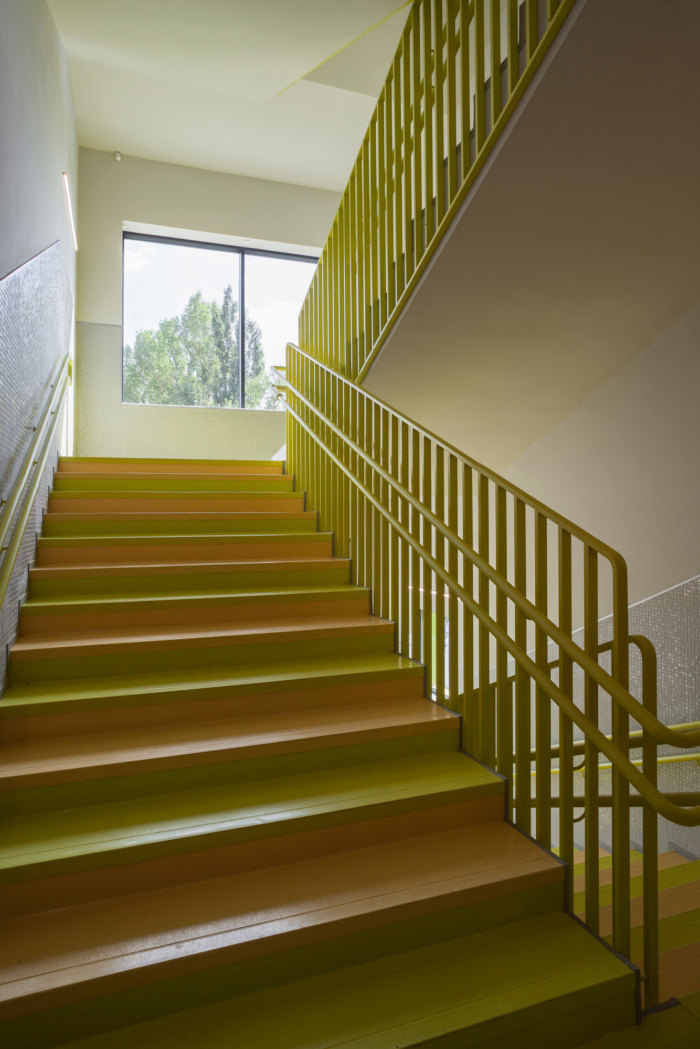School #548 – Engineering Branch
Martela designed the Engineering Branch of School #548 located in Moscow, Russia.
We wanted to design a school revolved around a pleasurable learning experience. A school with a vibe for studying everywhere: in classrooms, recreation halls, in the TV studio, the library, or even outside. A school with a billion things to do. We broke the boundary between a class period and a break, between a textbook and the Internet, between school and home, between “needs” and “wants”. We created a space which impacts people’s life and work visibly and radically, by inspiring research, facilitating work processes, educating and opening new possibilities. We were trying to establish this space as typical, not extraordinary, suitable for routine school life.
A special emphasis was placed on workshops, such as robotics, metal works, carpentry, a paint shop, architectural and art shops, TV and audio recording studios and natural science laboratories. All the aforementioned spaces are full-fledged, professionally equipped workshops. During the construction of the chemical laboratory, we consulted with technologists from one of world’s largest pharmaceutical companies. We employ a similar approach everywhere: a 12-meter-tall rock climbing wall passed the scrutiny of the experts of the Rock Climbing Federation, the TV studio was designed by the same contractor who has done similar work for Mosfilm. That we attracted subject matter experts in all disciplines allowed us not only to identify the best technologies, but also to optimize budget decisions.
The most complicated work was the design of the common classroom. Before we were able to undertake it, we took multiple trips to schools in Finland, Germany, Great Britain and Kazakhstan. The entire team participated in this investigation: school teachers, administrative employees, architects and investors. We wanted to identify new solutions, create anew the class work format and recognize whether or not the school needed a classroom at all. In the end, our school did end up having classrooms, but they are separated from recreational areas by a completely transparent wall so that there is no border between the learning space and the corridor. When students work in groups, they can come out to the corridor which also has working spaces – and, at the same time, the teacher maintains visual control over all the students. The desks are tall at 110 centimeters, in order to facilitate working while both sitting (on a tall stool) and standing. The more the child moves during the class period and changes his body’s positioning (whether he stands, sits, half-sits or lies down), the better it is for his back. There are no such things as magical desks and chairs that improve posture – it is but a myth. The only thing that achieves this effect is to move more during the day.
The school in question is a common public school, so the funds for regular repairs are limited. This fact caused us to seek out those interior solutions, which maintain their initial condition longer and informed the selection of finishing materials: brick, glass and wood. As an added benefit, this combination of materials yields an interesting sensory effect of a warm wooden handrail, the soft texture of the wall surface and then cold glass make the school pleasant and interesting to the touch. All wall surfaces up to 120 centimeters in height are protected – either by furniture or by solid material, such as ceramic granite, felted cloth, cork, etc. We hope this minimizes eventual repairs and there will be no need to repaint walls once a year.
Senior and junior schoolchildren attend classes at different wings in the building, but they mix in its nucleus, where the library, cafeteria, assembly hall, common recreational area and teachers’ lounge are located. Small kids have sufficient space for active play (a soft volcano, a tube-slide from the first floor to the second), while their senior counterparts have more spaces for individual and teamwork.
Learning can take place everywhere: on the stairs of the amphitheater in front of the school, on acoustical couches in the corridor, at high desks in the cafeteria that overlook the schoolyard and on wide windowsills of the recreation areas. Furniture can and should be moved around, mobile separation walls are available for personalizing a workspace – so, too, are mobile screens and additional pillows; in other words, everything that can help make a space suitable for work is fair game. By the way, the most densely populated place in the school is in its most central area, in front of the teachers’ lounge. Large soft couches are located there and they, despite their voluminous forms, are easy to move, which allows for the creation of multiple configurations for working in groups. This location was developed by a Daniil Nurtdinov, a fourth-year student in the S.G. Stroganov Academy. It is a magical place. Daniil is extremely talented!
The school is transparent: it is possible to see from end to end, from the floor to the glass ceiling. There are many adjoining windows, which allow one to see from one room to another. This leads to a feeling of commonality and of a unified large house whose inhabitants all know each other – literally. Lenin Sovkhos is a small settlement and the school has become its central location. Teachers, children and their parents work and study together and visit each other often. The school conference hall holds village meetings. It is possible that due to this proximity, a risk was taken to make the teachers’ lounge transparent, as well. This area holds a conference table, working spaces and even its own café. As of now, it is the most popular place in the entire school – the most junior students love to sit behind the teachers’ tall bar table.
Designer: Martela
Architect: Arka LLC
Contractor: Grazhdanstroyproekt
Photography: Danila Gorjunkov

